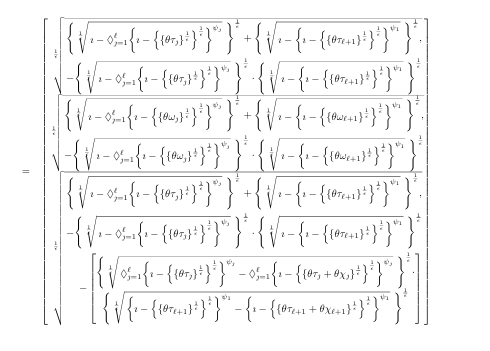Inverse fractional function setting sine trigonometric neutrosophic set approach to interaction aggregating operators
Keywords:
weighted averaging, weighted geometric, generalized weighted averaging, generalized weighted geometricAbstract
In this paper we present novel techniques for the interacting aggregating operator of the inverse
fractional function sine trigonometric neutrosophic set. Swapping the input and output variables and solving
for the original input variable in terms of the original output variable are the steps involved in determining
the inverse of a function. The innovative averaging and geometric operations of inverse fractional function
sine trigonometric neutrosophic numbers are studied using the universal aggregation function. The inverse
fractional function sine trigonometric neutrosophic set is idempotent, boundedness compatible, associative and
commutative. Four new aggregating operators are introduced: inverse fractional function sine trigonometric
neutrosophic weighted averaging, inverse fractional function sine trigonometric neutrosophic weighted geometric,
generalized inverse fractional function sine trigonometric neutrosophic weighted averaging, and generalized
inverse fractional function sine trigonometric neutrosophic weighted geometric. The aggregation functions are
frequently thought to be represented by the Euclidean distance, Hamming distance and score values
Downloads

Downloads
Published
Issue
Section
License
Copyright (c) 2025 Neutrosophic Sets and Systems

This work is licensed under a Creative Commons Attribution 4.0 International License.


